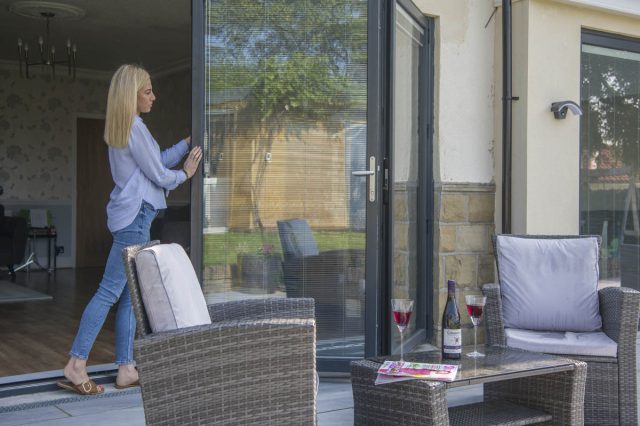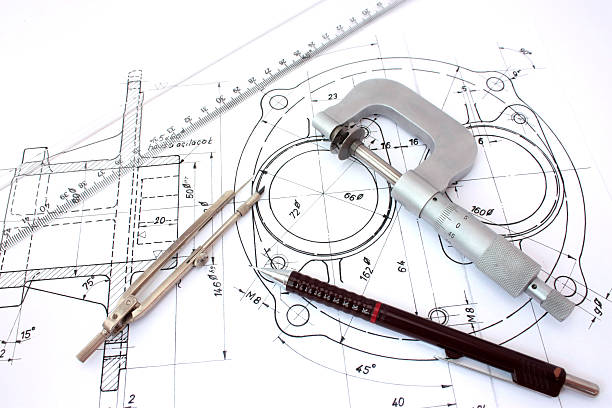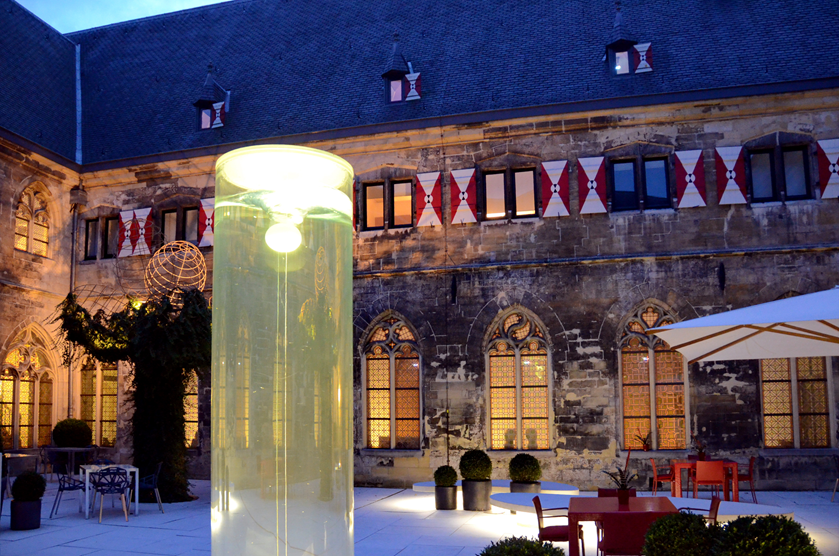If you are a traveler, you may enjoy creating and publishing travel videos online. Sharing your experience with your audience and receiving their likes and comments can be even more exciting. But editing a video can be a headache if you are not familiar with the process. It can be a time-consuming and exhausting task that you might want to avoid.
As you know, it takes some skills and knowledge of certain tools to edit a video and turn your small clips into an informative travel story. But you can quickly learn it.
To make it easy for you, we have prepared a step-by-step guide on editing a travel video.
Step 1: Organizing your content
As the first step, you will need to create backups of your clips. Ideally, you should keep your video clips in three different locations. Store your content in your local computer, an external hard drive, and on cloud storage to avoid the risk of losing it due to any unexpected events.
At this stage, make sure to organize your content in an easily accessible and manageable order. Use a naming structure that includes the place, date, and time or number for better management.
There are several options for external drives and cloud storage that you can choose from. The size, price, and subscription cost will depend on your current and future requirements.
Step 2: Add clips to the project in editing software
In the next step, create a project in a video editor. At this stage, you can select footage that you want to include in your video timeline. If there are hundreds of clips, it will be good to preview and pick the best ones beforehand at the organizing stage.
You can keep them in a separate folder to make them easy to locate and select while creating a project timeline. It will also save time since you don’t have to watch and remove unnecessary clips.
You can go with a desktop application or an online video editor as long as the editing software is concerned. Web-based online video editor tools provide templates, a media library, and many other features that you can easily use to create beautiful videos.
Step 3: Selecting the resolution and dimensions
In the initial stage of creating a project on an editor, you can also select the resolution and dimensions. It depends on which platform you want to post it. You may set 1080p as a standard HD quality size if you publish your videos on YouTube.
There are higher quality sizes, like 2k and 4k quality sizes, and you can select a suitable size for your video. However, note that most videos generally have HD quality.
Step 4: Cutting the clips to keep the most important content
Once you have finished adding clips to the project, you are ready to start the actual work. You would want to keep your video interesting, so it is better to only include the most relevant content and keep it short.
Remove repeated scenes, long pauses, events like transmuting from one place to another, and many other things that you as a viewer would like to skip. You may also want to cut parts if your video is turning out to be too long. The ideal length of a travel video is 10 minutes, but you can make it up to 20 minutes long.
Step 5: Trimming and sequencing the content
Once done with cutting unnecessary parts of your clips, it is time to trim further to refine your video. It is good to keep scenes as short as possible unless they need a long introduction or explanation.
Your travel video will get more viewers if you make it enjoyable by including the actual scenes of a place. Skip things like markets and buildings that we can find in every city. Of course, you may keep specific buildings and unique shops that add valuable information for the viewer.
Step 6: Adding voice, pictures, and subtitles
Most travelers speak while filming their trips. But if you have just covered the scenes without any explanation, you can do it in this step. You can add your voiceover once you have removed the extra content and covered only the meaningful scenes.
Apart from that, you may want to add pictures relevant to the clip. For example, before showing your clip about a place, it would be good to display a high-quality photograph that creates a hook and raises curiosity.
You can also add subtitles since many viewers would love that when they want to watch your video with the volume off.
Step 7: Adding elements like texts, colors, and stickers
There will be some scenes to which you would like to add some creative elements, i.e., title or name, stickers expressing your emotions, and color overlays.
Elements like titles and names work like bookmarks and make respective scenes memorable. On the other hand, stickers and overlays can add spice to the video, and your audience would enjoy watching the video with them.
Step 8: Adding music, sound effects, and transitions
Your travel video can be more enjoyable if it has good background music. Additionally, you can use sound effects and transitions at relevant places, like points where you have used stickers and overlays.
These things add life to the video and help keep your audience interested in seeing what comes next. Without these elements, even a good travel log would seem boring, and the viewer would leave without finishing it.
Step 9: Reviewing and exporting/publishing a final video
After completing all the steps mentioned above, the final step is to review, export, and publish your video. We recommend that you do this step the next day if you are not in a hurry to publish it.
A gap of a day can give you a fresh perspective. You will be able to view your video from an audience’s viewpoint and find areas that need to be removed or improved. Once you finish polishing, you can export and publish it online.
Conclusion
Editing a travel video is no more a cumbersome task, thanks to the internet, online tools, and desktop applications. You can learn to use a specific video editing software by going through their tutorial. In this article, we have covered the most crucial steps you have to follow while editing a video, regardless of which tool you use. We hope it will be helpful for your upcoming vlog.























